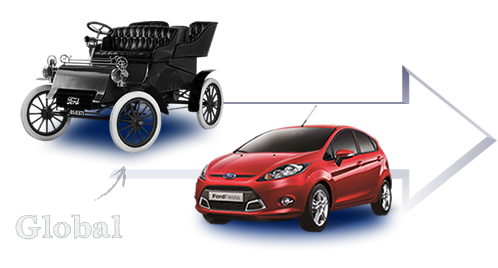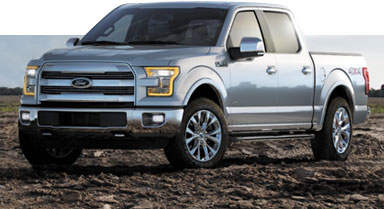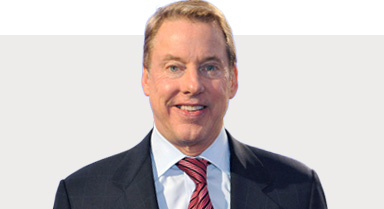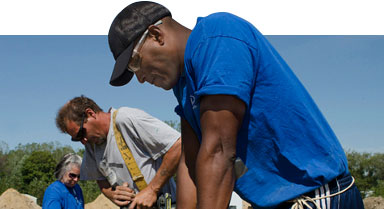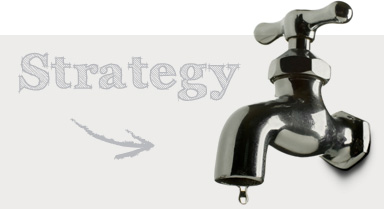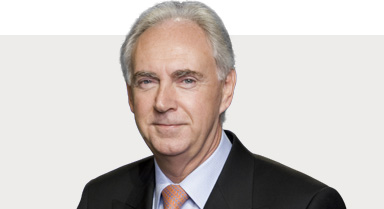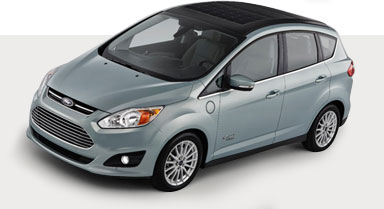Sustainability Report 2013/14
Reinventing the F-150
In 2013, Ford reinvented the Ford F-150, America’s favorite truck. The all-new F-150 is the toughest, smartest and most capable F-150 ever – setting the standard for the future of trucks.
Our Executive Chairman
“We want to be a leader in wireless automotive communication technology, in line with our Blueprint for Mobility, which maps out a step-by-step plan to achieve an integrated, sustainable transportation system by mid-century.”
Conflict Minerals
Our approach to managing conflict minerals compliance is consistent with our supply chain sustainability approach, and we are working closely with our suppliers to increase supply chain transparency.
Our Regions
Read about key sustainability initiatives in our Asia Pacific Africa, Europe, and South America regions.
A Legacy of Giving Back
We have supported community efforts for more than 100 years. And it’s not just about donating money. It’s about building partnerships to address difficult challenges.
Our Blue Plan of Action
For many years we have been deeply committed to conserving water within our own facilities. Our corporate water strategy is taking this commitment to the next level.
Voice: Executive Vice President, Global Manufacturing and Labor Affairs, Ford Motor Company
“For every new vehicle we create, we follow a 100-point environmental checklist that helps us identify the production and facilities improvements we can make as we’re pushing it through development.”
C‑MAX Solar Energi Concept
Ford’s C‑MAX Solar Energi Concept is a first-of-its-kind, sun-powered vehicle. Instead of powering its battery from an electrical outlet, the vehicle harnesses the power of the sun.
© 2014 Ford Motor Company










